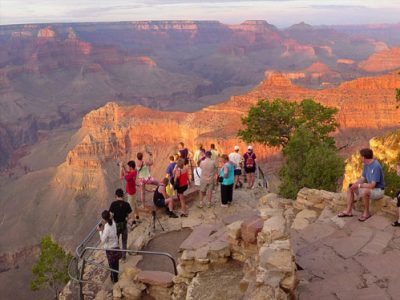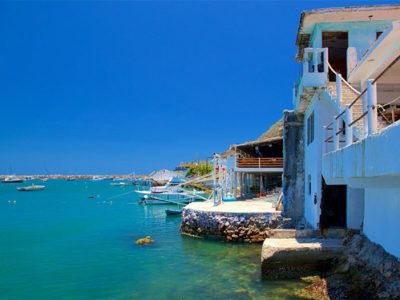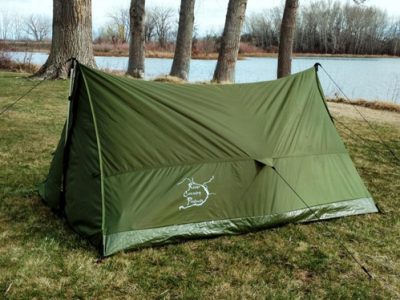Perhaps the only thing worse than having your camping experience ruined by bad weather or an invasion of bugs is buying the wrong kind of tent that will have your friends and family eager to face Mother Nature instead of staying inside your ill-informed purchase.
While there may be a romantic thought of throwing together two shelter halves and “roughing” it out in the woods, your thoughts will change quickly once it starts to rain or worse yet the water seeps up from the ground.
Choosing the right kind of camping tent isn’tt hard if you follow a few helpful tips that will have you eager to camp in the woods.
The Floor: Yup, many types of tents come complete with floors, hard fabric that is sewn to the walls completely covering the ground below. If you read the aforementioned “water seeping up from the ground” line, you will understand that in a rainstorm having a cover over your head isn’tt enough to keep the water from getting in.
Also in cold conditions, the ground can harden, making it far less comfortable even if youre in a sleeping bag. So if you are going to get a small tent with no floor, be sure to get waterproof blankets to cover the ground just in case.
The Right Size: Seems practical enough, but it can be harder than you think if you dont account for all the equipment you want to store inside, away from the elements. Not to mention how many people you usually take on your camping trips.
So the first thing is to quickly assess all the people & gear you take along with you; then check out the different sizes of tents. When in doubt, youll probably want to go up a size to avoid everyone getting all cramped up inside.
If its just one or two people, including you, a small dome tent should do. A larger number of folks will need a Wall or other type of larger tent.
Easy Set-Up: You have probably seen a movie where a clumsy fellow tries desperately to set his overly complicated tent up only to have it crash down time after time. That is not just a comedy bit, it happens quite frequently to those who choose tents that are more difficult to set up than they are willing to tackle.
Generally speaking, the dome and A-frame tents are relatively easy to set up, especially if you arrive after dark or may have to set up in windy conditions. A cabin-type tent is not so easy to set up; so be sure to familiarize yourself with the different types of tents and how they are to set up.
Time of Year: Do you like to camp mostly in the summer or is anytime of the year fine for you? This is an appropriate question because there are different types of tents made for specific times of the year. Lets face it; if your camping is strictly limited to the summer, then a lightweight tent is perfect especially out by the lake.
Generally speaking, the two most common types for most year-round use are 3-season and 4-season tents.
The 3-season is generally made for Spring/Summer/Fall, more moderate weather conditions in which the tent does “breath” more. A 4-season tent can be used all year round and is designed to handle the harshest winter conditions.
So you will have to take into account the type of weather conditions you generally face when camping and select the appropriate tent. The 3-season is generally the most versatile and is perfect for moderate climates.
These are but a few tips to know when purchasing your tent. It only takes a few minutes to assess what your needs are, so take that time and you will make the best decision possible when getting your new tent.










